Monstrous Beauty Santa Sabina, exterior
The Basilica of Saint Sabina ( Latin: Basilica Sanctae Sabinae, Italian: Basilica di Santa Sabina all'Aventino) is a historic church on the Aventine Hill in Rome, Italy. It is a titular minor basilica and mother church of the Roman Catholic Order of Preachers, better known as the Dominicans.

The stunning ancient basilica Santa Sabina on the Aventine is rarely
Basilica of Santa Sabina. After a first walk up the Aventine, along the road of the same name, the splendid, ancient basilica of Santa Sabina rises in the square named after Peter of Illyria, the monk who founded the church and the convent.Sabina was a rich matron of Avezzano, who lived in the 4th century, beheaded under the Emperor Vespasian, or perhaps Hadrian, because she had been converted.
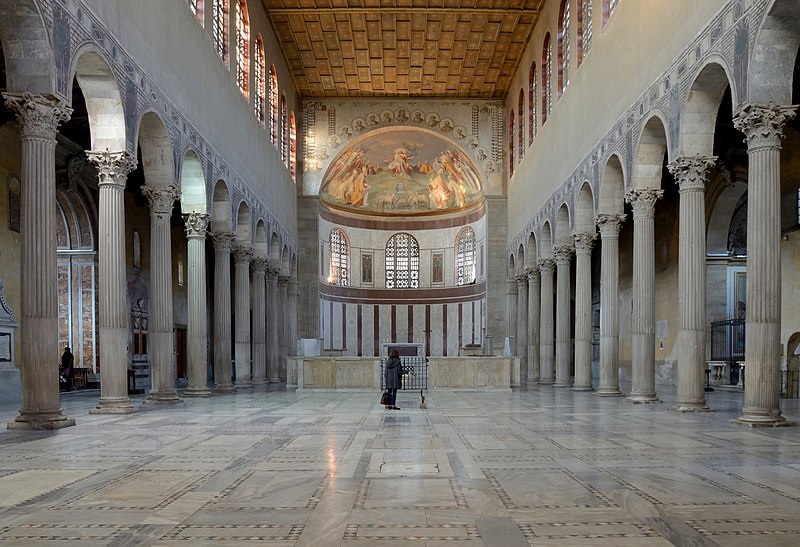
La Basilica di Santa Sabina Visite guidate e percorsi culturali a Roma
La basilica di Santa Sabina all'Aventino è un luogo di culto cattolico del centro storico di Roma, situato sul colle Aventino, nel territorio del Rione XII Ripa.
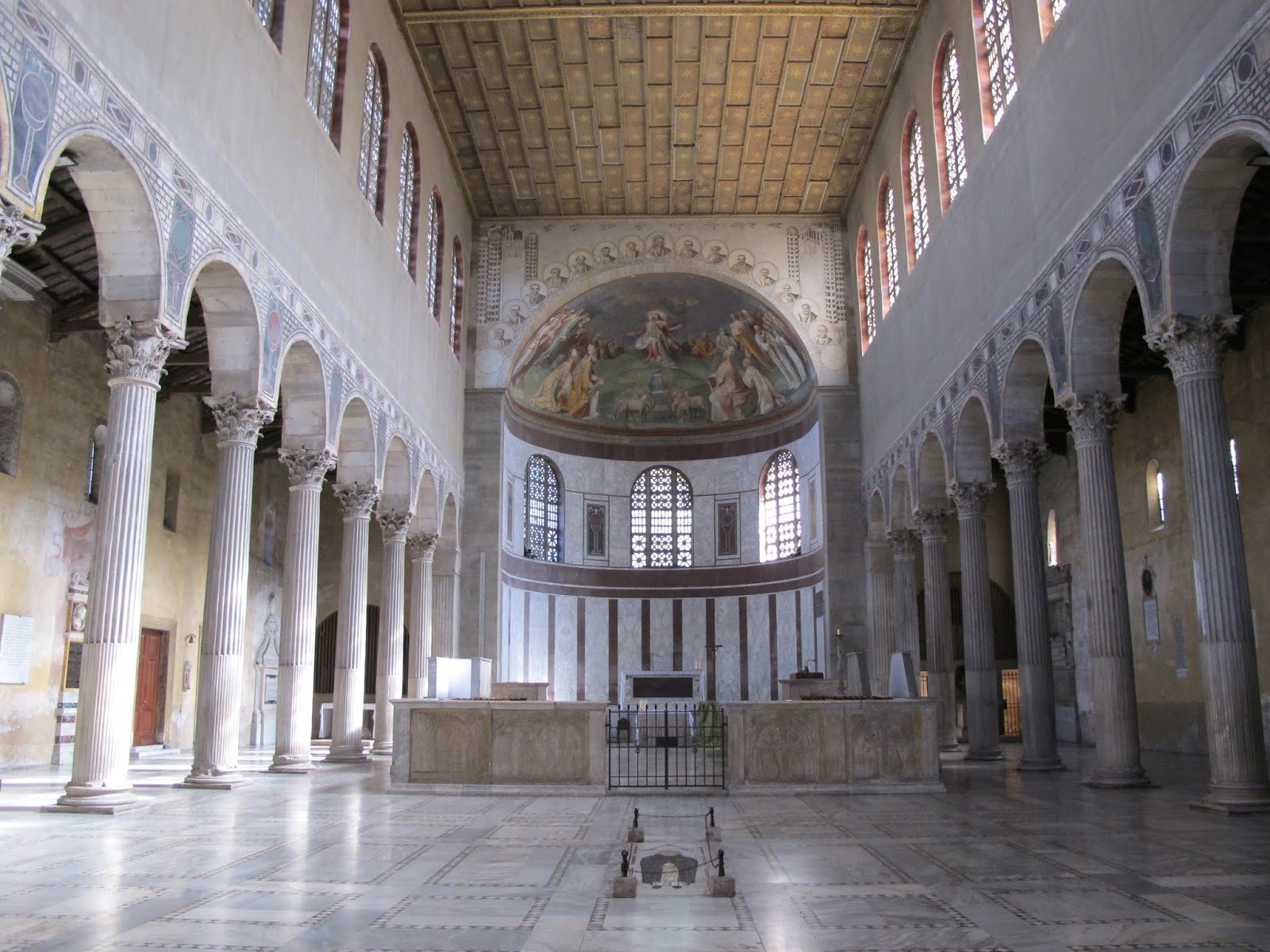
The Basilica of Santa Sabina Origins and Transformations. Liturgical
Saint Sabina was founded by Peter of Illyria, a Dalmatian priest, in 425. The church was built on an ancient Titulus Sabinae, that probably arose in the house of the matron Sabina, identifying herself with the saint. It was restored by Pope Leo III and then by Pope Eugene II, who embellished it with the Schola Cantorum.

La Basilica di Santa Sabina a Roma e le basiliche paleocristiane
La Basilica di Santa Sabina è una delle chiese più antiche di Roma, costruita tra gli anni 422 - 440 e conserva, nonostante tutti i cambiamenti avvenuti nel corso dei secoli, quell'atmosfera austera e solenne che incorniciava il radunarsi delle prime comunità cristiane quando celebravano l'Eucaristia.

Basilica of Santa Sabina Christine Loves to Travel
Sabina was a rich matron of Avezzano in the region of Abruzzi, who lived in the 4th century, beheaded under the Emperor Vespasian, or perhaps Hadrian, because she had been converted to Christianity.

La Basilica di Santa Sabina a Roma e le basiliche paleocristiane
St. Sabina's is believed to have drawn inspiration for its design from Old St. Peter's Basilica, which was built roughly 100 years earlier. This increases the historical value of St. Sabina.
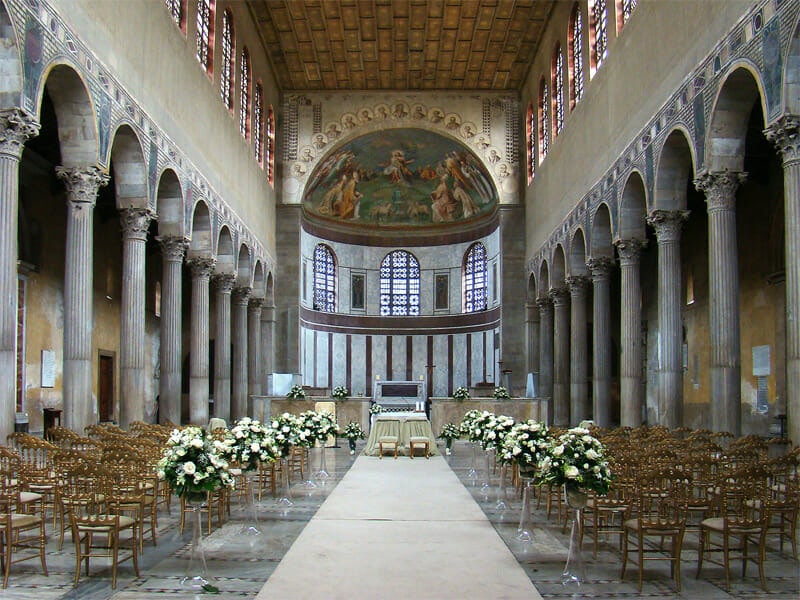
Churches in Rome Basilica Santa Sabina in Rome
Basilica di Santa Sabina all'Aventino Fu fondata nel 425 da Pietro, prete di Illiria, su di un antico Titulus Sabinae, sorto probabilmente nella casa della matrona Sabina, la quale finì poi per identificarsi con la omonima santa.
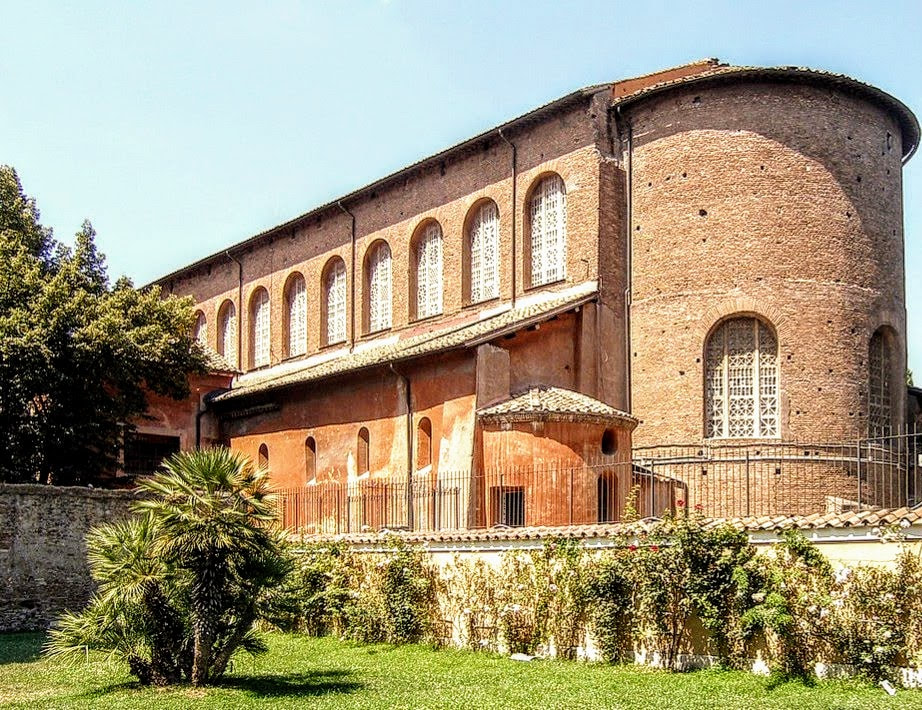
The church of Santa Sabina in Rome Walks in Rome (Est. 2001)
About the Basilica of Saint Sabina (Basilica di Santa Sabina all'Aventino): Located on the Aventine Hill with a splendid view of Rome, this is the oldest Basilica in Rome that has preserved its original plan and simplicity. Unlike many other Basilicas that are decorated somewhat lavishly, Saint Sabina offers a much simpler design.
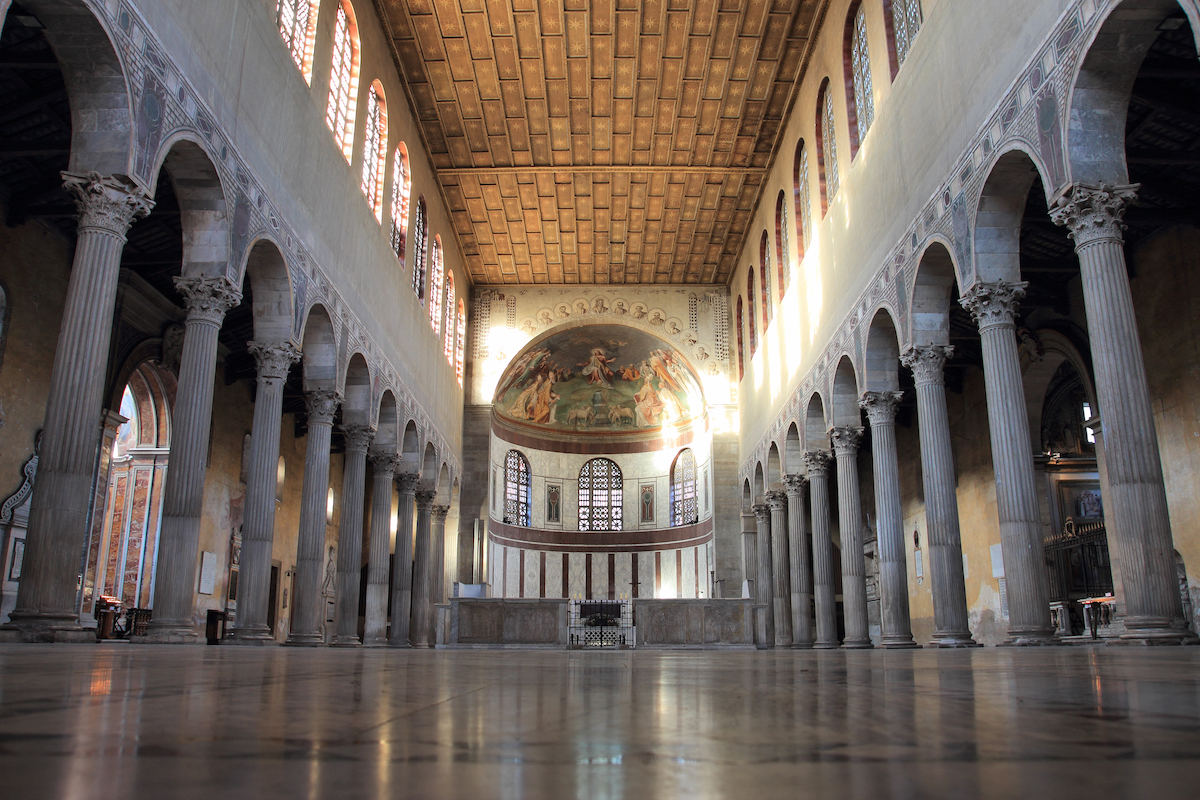
Hidden Gems of Italy Basilica of Santa Sabina in Rome ITALY Magazine
The Basilica of Santa Sabina was founded by the Roman presbyter Pietro d'Illiria during the pontificate of Pope Celestine I (422-432) and consecrated a few years later by Pope Sixtus III (432-440).
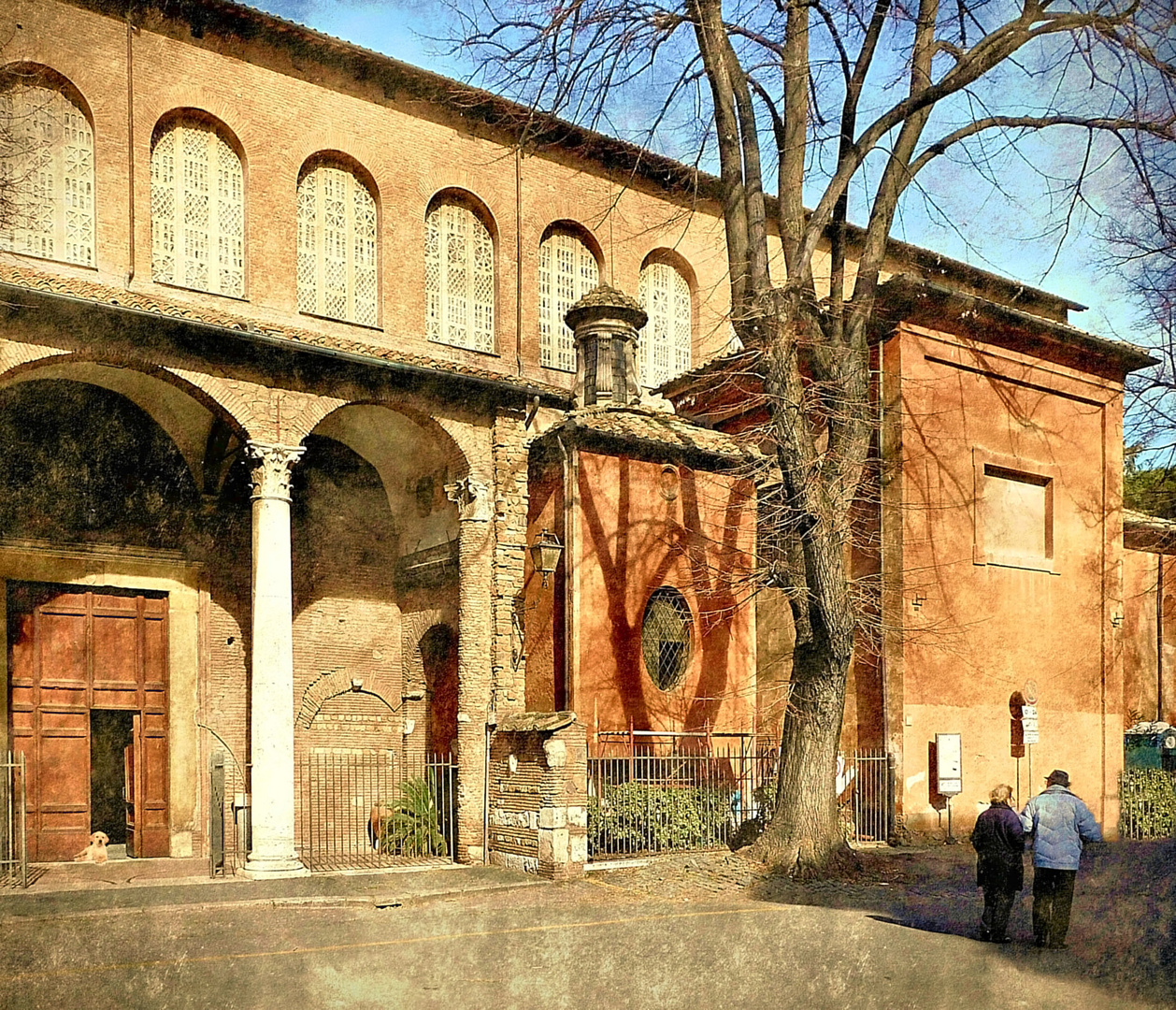
Le Chiese di Roma "Basilica di Santa Sabina" Foto Immagini city
The basilica was built by Peter of Illiria, a Dalmatian priest, on the site of the house belonging to Sabina, a Roman matron turned saint, and near an ancient temple dedicated to Juno (24 columns from the temple were used for the construction of the church).
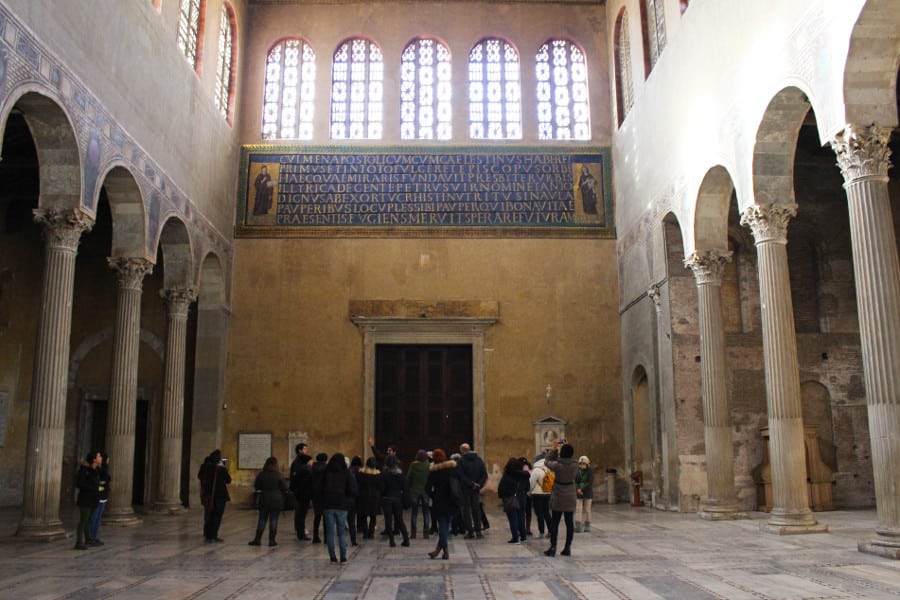
Basílica de Santa Sabina Memorias en forma pura
The original Constantinian buildings are now known only in plan, but an examination of a still extant early fifth century Roman basilica, the Church of Santa Sabina, helps us to understand the essential characteristics of the early Christian basilica.
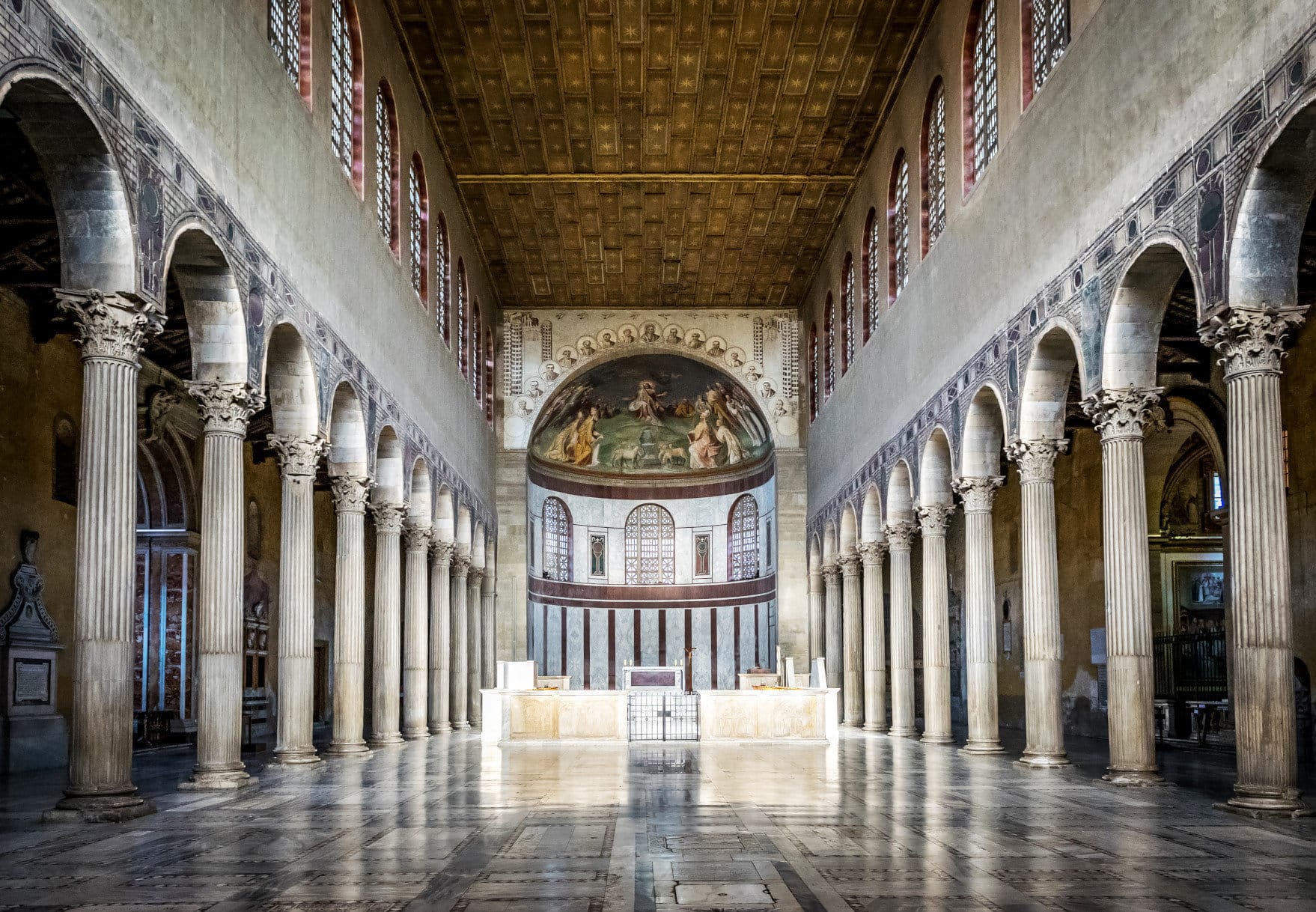
Basilica of Santa Sabina Colosseum Rome Tickets
The Basilica of Santa Sabina on the Aventine Hill in Rome is often described as the best preserved example of Paleochristian architecture in the city of the Popes, providing a visual reference.

Basilica di Santa Sabina, Rome
The Santa Sabina Church (Basilica di Santa Sabina) is the most important and famous church on the Aventine Hill. It is a construction from the 5th century, which is an amazing example of a Paleo-Christian church. Moreover, the building was constructed on the place where house of the Roman martyr Sabina was previously located.

Otra perspectiva del interior de la Basílica de Santa Sabina (422432
The foundation of the basilica is attributed to a priest, Peter of Illyria, who in 425 AD began construction of the building on the area where the house of the martyr Saint Sabina was believed to have stood. Sixtus III consecrated the church in 432AC. Two beautiful rows of corinthian columns support the nave walls, in all likelihood repurposed.

BASILICA DI SANTA SABINA ALL'AVENTINO
Basilicas—a type of building used by the ancient Romans for diverse functions including as a site for law courts—is the category of building that Constantine's architects adapted to serve as the basis for the new churches.